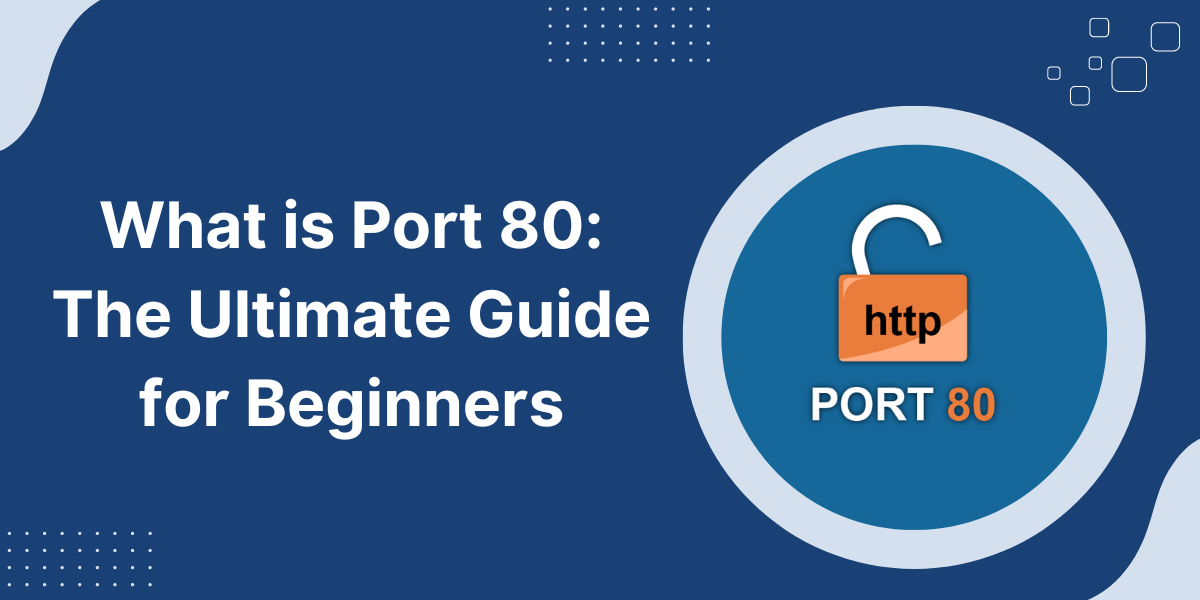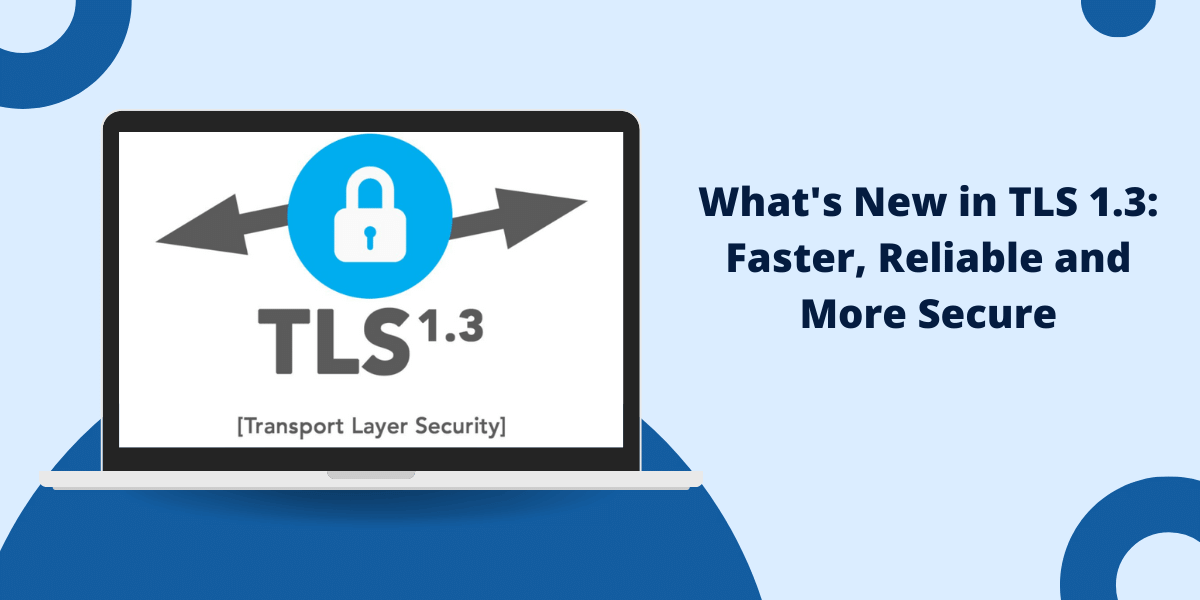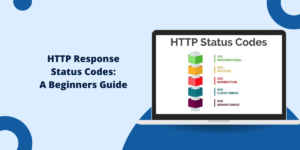A Technical Guide for Port 80
Port 80 is one of the most common and important ports used on the internet and local networks. It is the default port for HTTP (Hypertext Transfer Protocol) network traffic. When you type a website URL into your browser, it connects to the web server on port 80 to request the web page.
What is a Port?
In computer networking, a port is a communication endpoint. It is used to identify specific processes or services.
Ports allow different applications on the same system to utilize network resources without interfering with each other. They enable processes running on different computers to communicate.
Some key facts about ports:
- Ports are software-based and managed by the operating system.
- They are numbered from 0 to 65535.
- Well-known SSL/TLS ports (0 to 1023) are reserved for common protocols like HTTP (80), FTP (21), and SSH (22).
- Ports can be configured to be open or closed based on security needs.
- Firewalls control access to ports to prevent unauthorized communication.
What is Port 80 Specifically Used For?
Port 80 is specifically used for Hypertext Transfer Protocol (HTTP) network traffic. HTTP is the underlying protocol of the World Wide Web and defines how web browsers request web pages from servers.
Some key uses of port 80 include:
- Accessing unencrypted web pages from a web browser to a web server.
- Web applications and Application Programming Interfaces (APIs) utilizing HTTP for client-server communications.
- Serving web pages from a basic web server or content delivery network.
- Redirecting users to secured HTTPS pages using port 80 initially.
Any web server, such as Apache or Nginx, serving unencrypted HTTP website content will do so over port 80 by default.
Also Read: What is Port 443?
Why is Port 80 the Default for HTTP?
Port 80 was chosen as the default HTTP port back in the early design of the internet protocols and standards. There are a few core reasons:
- It fell within the range of Well-Known Ports (0-1023) designed for common protocols.
- Lower numbered ports were already taken by other protocols like FTP, SMTP, and DNS.
- Using a port number below 1024 meant HTTP could be run by the root user initially, which was important for web servers.
- There was no reason at the time to use anything other than the next available standard lower numbered port.
The use of port 80 for HTTP traffic then became the agreed upon standard and is now baked into all modern web technologies and systems. It is part of the formal HTTP and HTTPS protocol standards.
Attempting to run HTTP on other random ports can cause issues, so port 80 remains the convention unless specifically configured otherwise for certain use cases.
When is Port 80 Traffic Unencrypted vs Encrypted?
HTTP network traffic over port 80 is unencrypted by default. This means the data is transmitted in plain text and is not securely protected.
The content on most major websites is now encrypted using HTTPS (HTTP Secure), which uses Transport Layer Security (TLS) to encrypt and secure data in transit between the browser and server.
HTTPS traffic utilizes port 443 by default instead of port 80. So any website served over HTTPS will be sending encrypted data over port 443.
The only time port 80 is used for unencrypted HTTP traffic is when specifically connecting to sites with no HTTPS or TLS enabled. Some use cases include:
- Basic web servers serve static informational content over HTTP.
- Legacy systems and hardware that do not support HTTPS encryption.
- Internet of Things (IoT) devices relying on unsecure HTTP communications.
- Situations where HTTPS is purposely disabled or not available.
What are Common Uses of Port 80?
Port 80 is very commonly used for serving regular HTTP web content across many types of networks and systems:
Websites
Basic websites with no sensitive data can use HTTP on port 80, such as:
- Personal websites
- Small business sites
- Informational or content websites
However, most major sites now use HTTPS by default for security and SEO reasons. Port 80 may redirect to an HTTPS site.
Web Applications
Unencrypted web apps may utilize port 80 for traffic:
- Internal business web apps on private networks
- Legacy or insecure apps and platforms
- Temporary testing environments
Encrypted production web apps typically use HTTPS and port 443 instead.
APIs
Public HTTP APIs transmit data over port 80:
- Simple REST APIs without authentication
- Open data APIs with no need for encryption
But most modern APIs are shifting to HTTPS on port 443 for security and reliability.
Web Servers
Basic local web/file servers use port 80 for HTTP:
- Serving files within a home or office network
- Single board computers like Raspberry Pi running a web server
- Testing and development environments
Production web servers now use HTTPS on port 443 primarily, but may use port 80 for initial redirects.
Internet of Things (IoT)
Many IoT smart devices communicate using unsecured HTTP over port 80:
- Home assistants and wireless speakers
- IP cameras and other surveillance devices
- Networked sensors, switches, and controllers
However, devices that transmit private data are increasingly using HTTPS and TLS.
Network Hardware
Some hardware devices for networking use port 80 for management:
- Routers, access points, switches, printers
- Appliances like load balancers and proxies
- Management tools and remote access
Though more advanced hardware is transitioning to secure protocols like HTTPS.
What Happens If Port 80 is Closed?
If port 80 is explicitly closed in the firewall, websites and applications using regular HTTP will fail to load or be accessible.
Some common scenarios when port 80 gets blocked or closed include:
- Organization security policies restrict access to non-essential ports.
- Local network firewalls block unauthorized internet traffic.
- Cloud providers disable port 80 for their infrastructure by default.
- iptables rules in Linux close off port 80.
- HTTP traffic is denied intentionally to force use of HTTPS.
When port 80 is blocked, users will get timeout errors and be unable to connect via HTTP. But HTTPS sites on port 443 will still work normally.
Admins can reopen port 80 if needed for HTTP services. Though it’s often recommended to use HTTPS and close port 80 for improved security on production systems.
Can You Change the Default HTTP Port?
In some situations, the default HTTP port can be changed from 80 to a custom port number:
- Edit the HTTP port setting in server config files for platforms like Apache or Nginx.
- Specify a custom port directly when launching an HTTP server process.
- Update firewall policies or IP tables rules to allow HTTP traffic on the new port.
- Configure router port forwarding to route HTTP requests from port 80 to a custom port.
This may be done to allow multiple HTTP servers/sites on a single IP address. For example, hosting site1.com on port 80 and site2.com on port 8080.
However, changing the default HTTP port can break compatibility with systems expecting port 80 for HTTP. Browsers would need the port number specified in the URL to connect.
It’s generally recommended to leave the standard port 80 intact for HTTP services, whenever possible.
Can You Use Both HTTP (Port 80) and HTTPS (Port 443) on the Same Site?
It is possible to configure a web server or application to listen for requests on both port 80 (HTTP) and 443 (HTTPS) at the same time. This allows supporting both unencrypted and encrypted traffic for the same domain.
Some common use cases for running HTTP and HTTPS parallel on a website include:
- Redirecting all port 80 traffic to HTTPS on port 443. This helps force encryption and improves SEO rankings.
- Serving static assets like images over HTTP while the main site uses HTTPS encryption.
- Allowing legacy or incompatible systems to still access the site in plaintext over HTTP.
- Progressively migrating HTTP pages and content to HTTPS over time.
The best practice is to serve all user-facing website content exclusively over HTTPS and use HTTP only for redirects. Internal APIs and administrative systems can utilize HTTP in some cases if encryption is not required.
Proper security controls should also be in place when using port 80, such as firewall policies, access controls, and intrusion detection. Traffic should be transitioned from HTTP to HTTPS whenever feasible.
Best Practices for Using Port 80
When leveraging port 80 for HTTP communications, it’s important to follow security and configuration best practices:
- Use HTTPS instead of HTTP whenever private or sensitive data is being transmitted.
- Only expose port 80 on internal server interfaces and restrict access from external sources.
- Use a web application firewall and rate limiting to monitor and control HTTP traffic.
- If HTTP is required, implement proper access controls and account security.
- Use TLS certificates and enable HTTPS even for non-sensitive content to improve security.
- Redirect all HTTP port 80 requests to HTTPS port 443 when possible.
- Close port 80 entirely and only use HTTPS if HTTP is not explicitly necessary.
- Use security tools like network intrusion detection systems to watch for suspicious port 80 behaviors.
Adhering to these best practices helps minimize risks when using the unencrypted HTTP protocol over port 80.
Common Tools for Managing and Monitoring Port 80
There are many useful tools, both built-in and third-party, for managing port 80 network traffic:
netstat
The netstat command-line tool shows current TCP/IP connections and port status for networking services. It can be used to verify HTTP is listening on port 80.
Telnet
Telnet can directly connect to a port to test if it’s open. For example, “telnet www.domain.com 80” checks if port 80 is accessible on a web server.
curl
The curl program makes HTTP requests from the command-line. It’s useful for testing endpoints and connectivity to port 80 on a server.
Wireshark
Wireshark is a network packet analyzer that does deep inspection of traffic. It can monitor and filter specifically for port 80 packets.
Built-in Firewalls
Most operating systems come with firewalls that can open or close specific ports like 80 based on defined rules.
Web Server Logs
Web server access logs record all requests made. Errors related to port connectivity may show up here for investigation.
Port Scanners like Nmap
Network scanning tools like Nmap check for open ports across IP address ranges. They can identify systems listening on port 80.
Intrusion Detection Systems
IDS/IPS appliances can detect anomalous traffic patterns on port 80 that could signal an attack or unauthorized access attempt.
Port 80 vs Port 443 – Key Differences
While port 80 and 443 both support HTTP traffic, there are some key differences:
- Port 80 uses unencrypted HTTP protocol while port 443 carries encrypted HTTPS traffic.
- HTTP on port 80 sends data in plaintext allowing eavesdropping while HTTPS encrypts data to prevent interception.
- Port 80 allows only server validation where port 443 provides mutual authentication of both client and server.
- Websites and applications default to using port 443 for HTTPS while port 80 is only used for specific HTTP use cases.
- Firewalls tend to block port 80 external traffic but open port 443 for general web access requirements.
- Managing port 80 requires careful security considerations vs port 443 which provides built-in protections via TLS and HTTPS.
Conclusion
Port 80 is one of the fundamental protocols that powers the modern web. All HTTP internet traffic relies on this port to deliver web content, power applications via APIs, serve web assets, and enable networked systems to communicate with browsers.
While port 80 remains unencrypted, the web has largely shifted to favoring secure HTTPS connections over port 443 instead. Proper security measures like encryption, access controls, traffic monitoring and firewall policies are necessary when leveraging port 80.
Understanding the role of port 80 and how it enables HTTP communications is critical for anyone managing networks, servers, and applications. This technical guide covers everything IT and engineering professionals need to know about properly utilizing port 80 in their infrastructure, systems, and solutions.
Frequently Asked Questions About Port 80
What is the main use for port 80?
Port 80 is primarily used for unencrypted HTTP web traffic. It allows communication between web browsers and servers via the HTTP protocol.
Is port 80 secure?
No, by default HTTP communication over port 80 is unsecured and transmitted in plaintext. Traffic can be intercepted, and data stolen.
Should port 80 be open or closed?
It depends on the specific requirements. Port 80 should be closed for servers and systems not explicitly needing to serve HTTP content over port 80.
Does port 80 use TCP or UDP?
Port 80 uses TCP as the transport layer protocol. HTTP relies on the reliable delivery and error checking provided by TCP.
Can I run HTTPS on port 80 instead of 443?
This is possible but not recommended as it defies conventions and may cause client-side errors. HTTPS should run on the standard port 443 whenever possible.
What happens if I block port 80?
Blocking port 80 will break access to any sites or services using unencrypted HTTP protocol. Users will encounter connection errors until port 80 is reopened.
Is changing default HTTP port 80 safe?
Changing the default HTTP port can cause compatibility issues and is generally not recommended. Use other solutions like port forwarding or HTTP tunneling instead.
What are alternatives if port 80 is not available?
If port 80 is unavailable, common alternatives include redirecting traffic to HTTPS on 443, using a different port for HTTP via tunneling or port forwarding, or finding other communication channels.

Priya Mervana
 Verified Web Security Experts
Verified Web Security Experts
Priya Mervana is working at SSLInsights.com as a web security expert with over 10 years of experience writing about encryption, SSL certificates, and online privacy. She aims to make complex security topics easily understandable for everyday internet users.



